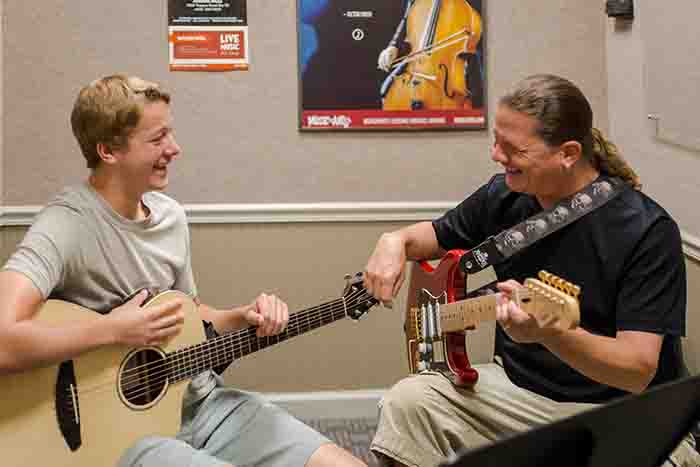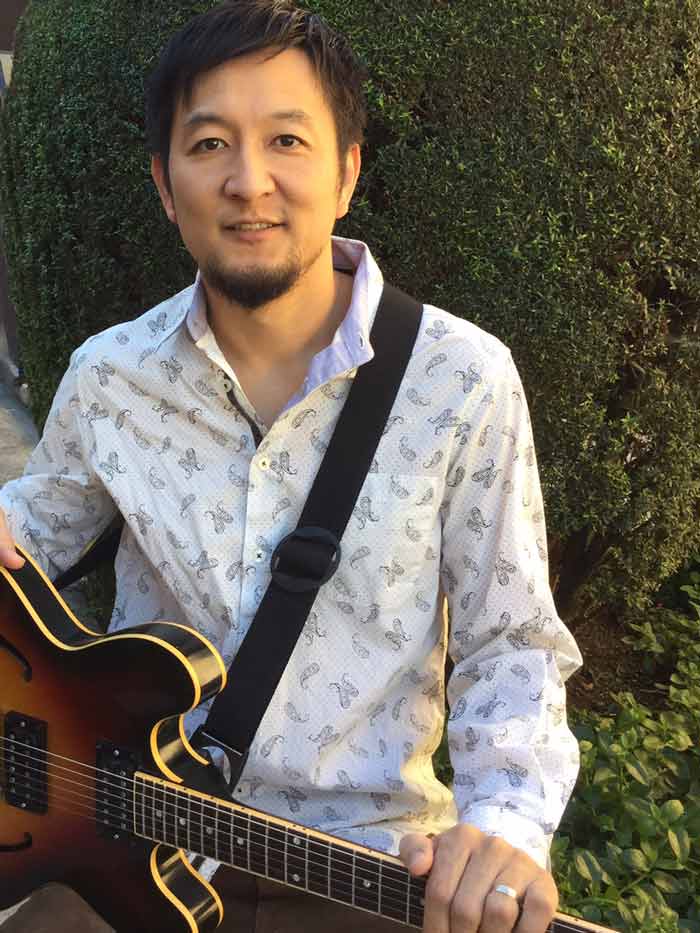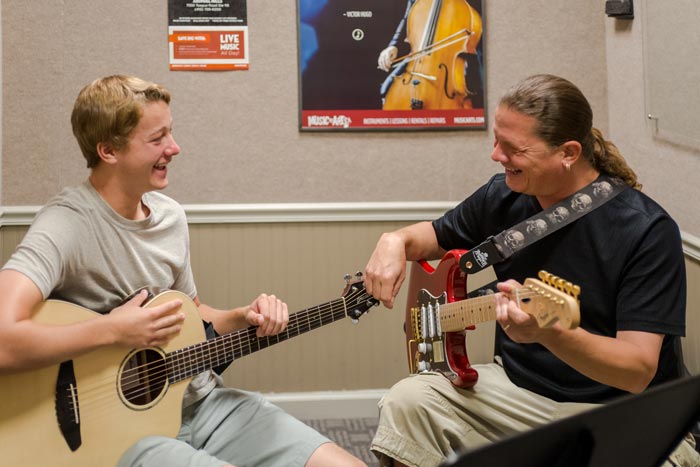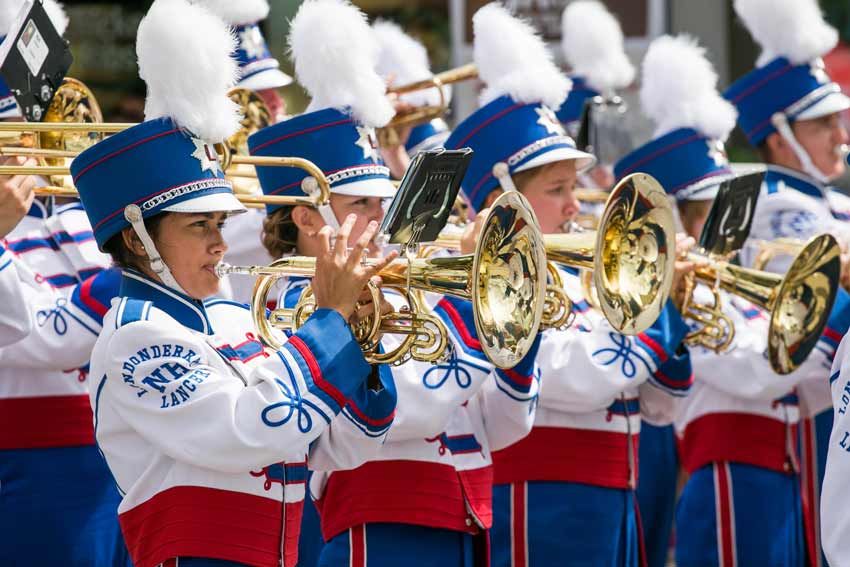May 13, 2015
What is the Dalcroze Method?
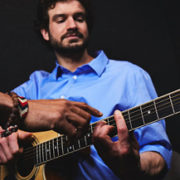

Most music teachers use what are known as method books. Method books are like textbooks for learning to play an instrument, master a particular technique, or just to provide a useful structure to a student’s practice with an instrument. There are many different method books available to students for every instrument they might want to learn to play. Although some method books provide structure and guidance for progressing with an instrument, there are other method books which outline and utilize a philosophy for learning music. There are several popular philosophy-based musical methods used to teach students to play music being taught today. One popular method is called the Dalcroze method, or Dalcroze eurythmics, or even just eurythmics.
The Dalcroze method teaches students concepts of rhythm, structure, and musical expression through movement. The idea is that students can develop a physical awareness and experience of music using all of their senses, especially their kinesthetic sense. For this reason, teachers who use the Dalcroze method in their lessons often teach students through full-body movements before teaching them to read music. Instructors who use the Dalcroze method believe that using movement reinforces the concepts they are teaching, with the goal of heightening the students’ awareness and association of rhythm in the music that they’re learning to play.
History of the Dalcroze Method
The Dalcroze method was developed in the early 20th century by a Swiss musician and educator named Émile Jaques-Dalcroze. Dalcroze was appointed the Professor of Harmony at the Conservatoire of Geneva in 1892. He noticed while he was teaching his music lessons that students learned music more effectively when he included a kinesthetic component. Learning to play music through physicality was unusual at the time. Similar to the Suzuki method, which would be developed later, Dalcroze believed that students should be exposed to music early on.
What differentiated Dalcroze’s method was the idea that students should experience music with their minds and their bodies. Dalcroze, while developing his method, discovered that students weren’t always coordinated enough for his lessons. For this reason, he prioritized the coordination and muscle development of the whole body, as early as possible. Once a young student’s body was trained, Dalcroze believed, they were able to learn music more effectively. Dalcroze’s students physical and musical training would come to yield faster progress later on in their musical training.
Philosophy of the Dalcroze Method
The central concept in the Dalcroze method is the relationship between music and body movement. Dalcroze believed that students who are taught to appreciate music through physicality would develop a greater sense of rhythm, harmony, and melody. The Dalcroze method provides a multi-dimensional approach to music learning, which is readily applicable to young students. Dalcroze found that students, particularly younger students, responded well to a more physical music education. Their increased engagement meant that they enjoyed learning and playing music more, which in turn made them better musicians down the line.
Improvisation in the Dalcroze Method
Another central concept of the Dalcroze method is improvisation. Unlike other popular musical methods, students in programs based on the Dalcroze method are encouraged to improvise, based on their intuitive knowledge of rhythm. Improvisation is thought to bring together all of the elements of a child’s understanding and experience of music. Improvisation is especially important for children, as it is meant to be closer to the nature of childhood play. Improvisation allows a child to interact directly and spontaneously to music within a range of musical knowledge. Improvisation helps children to internalize complex elements of music, such as rhythm, pitch, and tone without having to read a musical score. Children enjoy the improvisational element of the Dalcroze method as it encourages them to find their way to enjoy and express themselves through music. This increased enjoyment, especially for younger children, enhances their engagement with their musical education.
How Does the Dalcroze Method Compare to Other Musical Methods?
Because Émile Jaques-Dalcroze did not actually like his approach to be labeled as a method, there is no set curriculum for music programs based on eurythmics. Many teachers are taught principles and techniques developed by Dalcroze, but they are free to adapt their programs to the individual needs of their students. This lack of structure, combined with the emphasis on physicality sets the Dalcroze method apart from other popular musical methods. For young students, the Dalcroze method is often effective at engaging them and encouraging them to enjoy the process of learning and playing music.
The Dalcroze method is also different from other contemporary musical methods because of the emphasis on improvisation. Again, because improvisation encourages children to play with the music that they are learning, it often increases a student’s enjoyment and development.
Should My Child Learn Using the Dalcroze Method?
If you believe your child would benefit from a musical education which emphasizes physicality and improvisation, then you might consider trying to find an instructor that teaches using the Dalcroze method. Unfortunately, because Dalcroze certificates and licenses are conferred by Dalcroze teachers who received their diploma from the Dalcroze Institute in Geneva, Switzerland, trained instructors can be difficult to find. There are a few musical institutions in the United States that teach according to the Dalcroze method, however.
Even if there aren’t instructors in your area who are specifically trained by the Dalcroze Institute, the popularity of this musical method means that many instructors incorporate Dalcroze principles in their lessons. In fact, there are many music instructors, especially ones that work with younger children, who do so. Finally, because Émile Jaques-Dalcroze never created a set curriculum, parents and music teachers are free to incorporate the guiding philosophy behind the Dalcroze method into any musical curriculum.
If you’re interested in learning more about the Dalcroze method, head over to Music & Arts where you can find books which help teachers understand and adapt Dalcroze techniques in their music programs. With a wide selection of method books, you’re sure to find just what your child needs to advance their music education.




